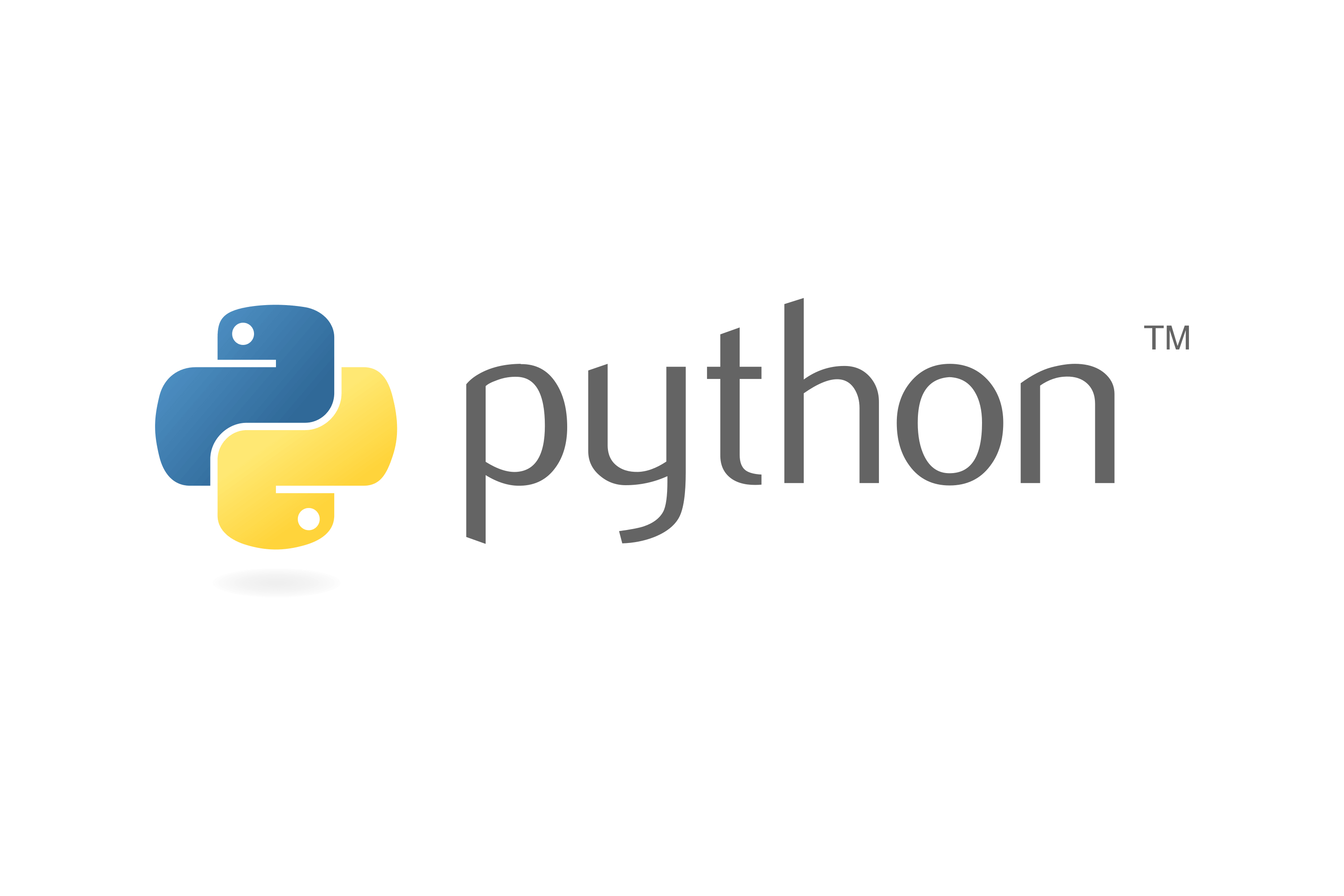Python is a high-level programming language that was first released in 1991. It is designed to be easy to read and write, with a clear and concise syntax that makes it popular among beginners and experienced programmers alike. Python is an interpreted language, which means that it does not need to be compiled before it can be run. This makes it fast and easy to write and test code.
Python has become popular in recent years for a variety of reasons. It is a general-purpose language that can be used for a wide range of applications, including web development, scientific computing, data analysis, machine learning, and artificial intelligence. It also has a large and active community of developers who have created a wide range of libraries and tools that make it even more powerful and versatile.
Python's popularity can be attributed to its simplicity, readability, and versatility, as well as its extensive library of modules and frameworks. It is often considered to be one of the easiest languages to learn, and it is used by a growing number of companies and organizations around the world.

There are many popular libraries and frameworks for Python that are widely used by developers for a variety of tasks. Here are some of the most popular ones:
NumPy: NumPy is a powerful library for numerical computing with Python. It provides an array object that is more efficient than Python's built-in list, and includes many useful functions for mathematical operations.
Pandas: Pandas is a library for data analysis in Python. It provides a DataFrame object for working with structured data, and includes tools for data manipulation, cleaning, and visualization.
Matplotlib: Matplotlib is a library for creating static, interactive, and animated visualizations in Python. It provides a wide range of plot types and customization options.
Scikit-learn: Scikit-learn is a machine learning library for Python. It includes tools for data preprocessing, model selection, and evaluation, and supports a wide range of machine learning algorithms.
TensorFlow: TensorFlow is an open-source machine learning library developed by Google. It provides tools for building and training neural networks, as well as tools for deploying machine learning models in production.
Django: Django is a high-level web framework for Python. It provides tools for building web applications quickly and easily, and includes features such as an ORM, a templating system, and built-in admin interfaces.
Python is commonly used for artificial intelligence (AI) and machine learning (ML) for a few reasons:
- Easy to learn and use: Python has a simple and easy-to-learn syntax that makes it accessible to beginners, and allows for faster development and experimentation. This is particularly important in the field of AI and ML, where speed and iteration are key.
- Wide range of libraries and frameworks: Python has a vast ecosystem of libraries and frameworks that are specifically designed for AI and ML. These include popular libraries such as TensorFlow, Keras, PyTorch, and Scikit-learn, which provide powerful tools for building and training machine learning models.
- Support for data analysis and manipulation: Python is also well-suited for data analysis and manipulation, with libraries such as Pandas and NumPy that provide powerful tools for working with data. This is important in the field of AI and ML, as data is a critical component of building effective models.
- Community support: Python has a large and active community of developers who contribute to the development of libraries and frameworks for AI and ML. This has helped to create a rich ecosystem of tools and resources that are freely available for developers to use.
Machine Learning with Python training
Ultimately, Python is a popular choice for AI and ML development because of its simplicity, extensive library selection, support for data analysis and manipulation, and robust community support.
Python was named after the British comedy group Monty Python. The creator of Python, Guido van Rossum, was a fan of the group, and decided to name the language after them. Van Rossum was working on a new programming language in the late 1980s, and needed a name for it. He wanted a name that was short, unique, and slightly mysterious. When he saw the Monty Python show on TV, he was struck by the name, and decided to use it for his new language.
In fact, some of the examples and documentation in the early days of Python included references to Monty Python. For example, the "spam and eggs" example in the official Python tutorial is a nod to a famous Monty Python sketch about a restaurant that serves nothing but spam. Today, the name Python has become synonymous with the language itself, and the Monty Python connection is still celebrated in the Python community with references and Easter eggs in the language and its documentation.

Yes, NASA uses Python for a wide range of tasks, from data analysis and visualization to scientific computing and space mission planning. In fact, Python is one of the primary programming languages used by NASA, and is used by many of its centers and projects.
One example of how NASA uses Python is in the analysis and visualization of data from space missions. Python is used to analyze and visualize data from instruments such as the Hubble Space Telescope, the Mars Curiosity Rover, and the Kepler space telescope. NASA also uses Python for machine learning and AI applications, such as image classification and natural language processing.
Python is also used in the development of mission planning software and simulations. For example, NASA uses Python to develop the OpenMDAO framework, which is used for multidisciplinary optimization of complex systems. Python is also used in the development of flight software for spacecraft, such as the Mars Science Laboratory and the Lunar Reconnaissance Orbiter.
Yes, Python is an object-oriented programming (OOP) language. It allows developers to define classes and objects, which can be used to encapsulate data and behavior, and provides a range of features for working with objects, including inheritance, polymorphism, and encapsulation.
Currently, there is no official release date for Python 4. Python's development team follows a well-defined release schedule that involves several stages of development, testing, and stabilization, and each new version of Python is released when it is deemed ready for public use. While there has been some discussion about the possible release of Python 4 in the future, it is important to note that the development of Python 4 is still in the planning stages, and it is uncertain when it will be released. In the meantime, Python 3 continues to be the latest stable release of the language and is widely used and supported by the community.
The newest version of Python is Python 3.10.0, which was released on October 4, 2021. Python 3.10.0 includes a range of new features and improvements, including better error messages, improved performance for certain operations, new syntax for specifying types, and new standard library modules.
It's worth noting that Python 2, which was the previous version of Python, reached its end-of-life on January 1, 2020, and is no longer supported by the Python development team.
Python 3 Programming training.

Here's a list of our best Python programming courses. Click on them to learn more about course outlines, prices and upcoming dates.
Python for Non-Programmers Course
Python and Tensorflow Training
Introduction to Data Wrangling in Python Course
Python for Scientists and Engineers Course
Advanced Python Programming Training
Python works well on both Mac and Windows operating systems, as well as on many other operating systems. Python is an interpreted language, which means that the same Python code can run on any platform that has a compatible version of Python installed.
There are some differences in how Python is installed and configured on Mac and Windows, but these are relatively minor and should not impact the performance or capabilities of Python itself. Python provides an installer for each platform, which should make it easy to install Python on either Mac or Windows.
The choice between Mac or Windows for Python development depends on the specific needs and preferences of the user. Some developers prefer Mac because it is a Unix-based system and provides a familiar command-line interface for running Python scripts and managing packages. Others prefer Windows because it has a larger user base and a wider range of compatible software and tools.